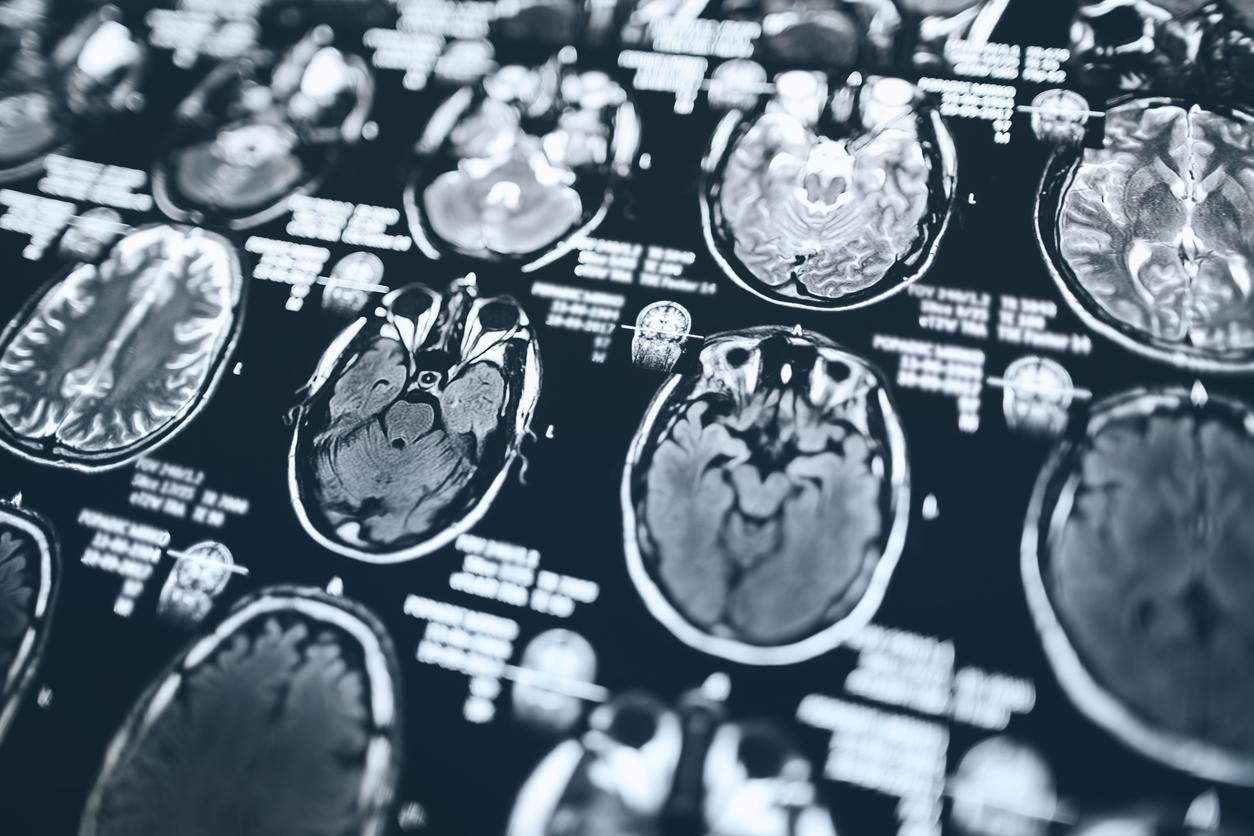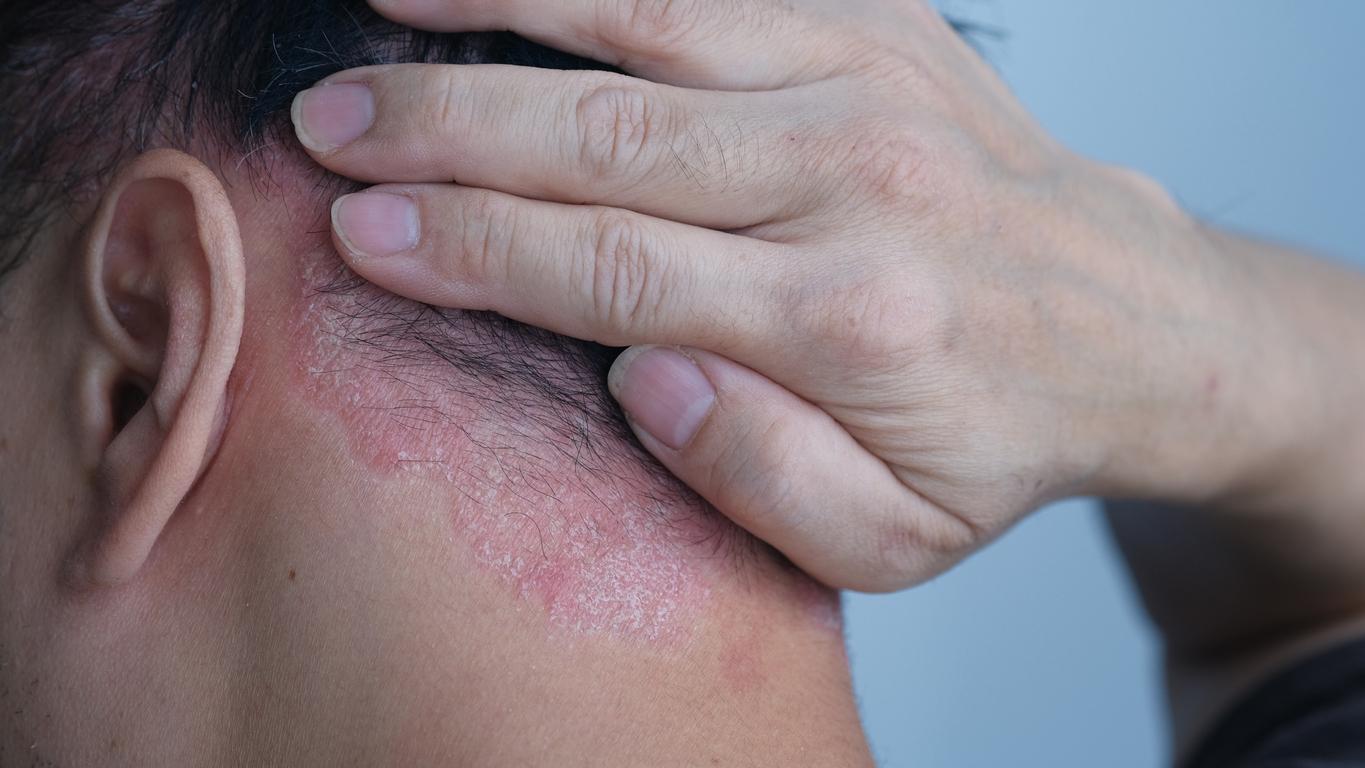In France, 250,000 to 300,000 new cases of septicemia (or sepsis) of bacterial origin are detected, according to thePastor Institute. For nearly half of them, the infection will be contracted in hospital. Mortality is estimated at 27% of cases, but can sometimes reach 50% of cases, especially during septic shock. About 60,000 people die each year from sepsis. Worldwide, it would still cause 6 million deaths per year, a figure that could double by 2050 due to the aging of the population.
Indeed, today it mainly affects people who are naturally weakened, either because of an illness or because of their age: the extreme ages of life, or infants and the elderlyare today the categories most affected by these infections.
If caught early enough, the infection can be cured with antibiotics. Conversely, when it drags on, it can cause vital organ failure, and in some cases, the death of the patient.
Symptoms in children, however, differ from those in adults. The latter may suffer from fever, chills and a rapid heartbeat at first. The infection can easily be mistaken for a bad cold, stomach upset or the flu in the initial stages.
Why detect it early?
For every hour of delay, a patient’s risk of death increases by 8%. And even patients who have survived sepsis can present sequelae: thus 25% of them show signs of cognitive alterations more than three months after their recovery.
“In industrialized countries, sepsis accounts for as many deaths asmyocardial infarction“, concludes the Institut Pasteur. This is proof that the infection must not be ignored, at the risk of gangrene, amputation and in the worst case of death.





















